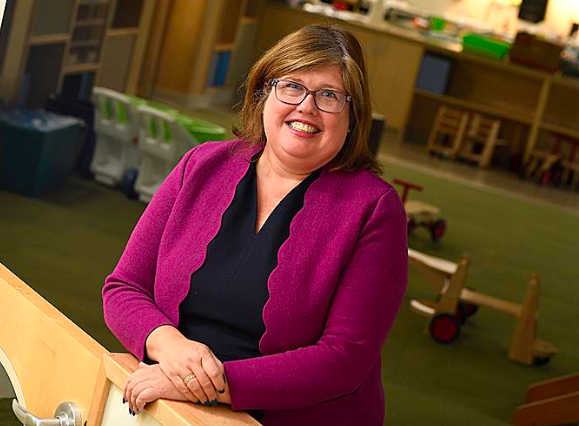Hopkins School of Medicine has a lot to be proud of. In 2005, the salary difference for men and women physicians was 2.6%. (Across the country, the salary gap is 7-8%.) Now, thanks to a concerted effort since 2006, the salary gap at Hopkins is 1.9%–statistically insignificant.
How did they do it? They gathered data; educated the community; recruited women. Specifically: They analyzed salaries every year. They recruited women faculty. They conducted exit interviews. And they expanded sexual harassment education.
 But what happens when we convert from % to $? Barbara Fivush and colleagues pointed out what the salary gap means in dollar amounts–which, after all, is arguably the point. Male physicians in 2005 would, without Hopkins’ intervention, have made over $500,000 more than women in the course of their careers. Even now, with the 1.9% salary gap, women can expect to lose over $65,000. Which, we venture to say, is significant.
But what happens when we convert from % to $? Barbara Fivush and colleagues pointed out what the salary gap means in dollar amounts–which, after all, is arguably the point. Male physicians in 2005 would, without Hopkins’ intervention, have made over $500,000 more than women in the course of their careers. Even now, with the 1.9% salary gap, women can expect to lose over $65,000. Which, we venture to say, is significant.
Read the full article here: “Johns Hopkins Faculty Data Highlight How Gender Disparities in Salary Add Up Over a Lifetime”
 On November 26, 2018, 25+ faculty members and administrators from KSAS, WSE, and the Provost’s office gathered for over two hours to discuss the challenges and opportunities of graduate student advising—particularly in light of the recent NAS recommendations.
On November 26, 2018, 25+ faculty members and administrators from KSAS, WSE, and the Provost’s office gathered for over two hours to discuss the challenges and opportunities of graduate student advising—particularly in light of the recent NAS recommendations. Congratulations to the
Congratulations to the  Lots of people, from Work-Life to the Diversity Leadership Council, have advocated for years to create a leadership position for coordinating child care . This week,
Lots of people, from Work-Life to the Diversity Leadership Council, have advocated for years to create a leadership position for coordinating child care . This week,